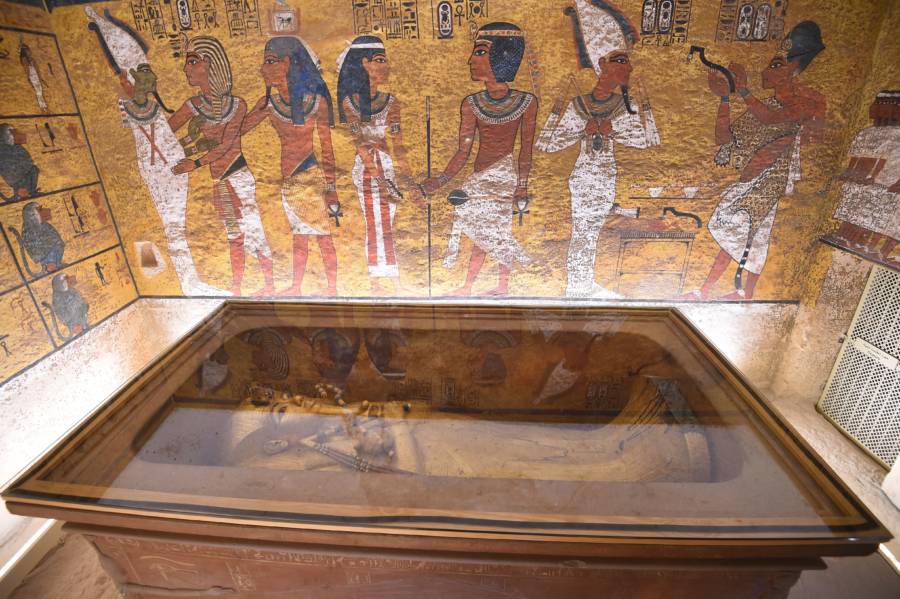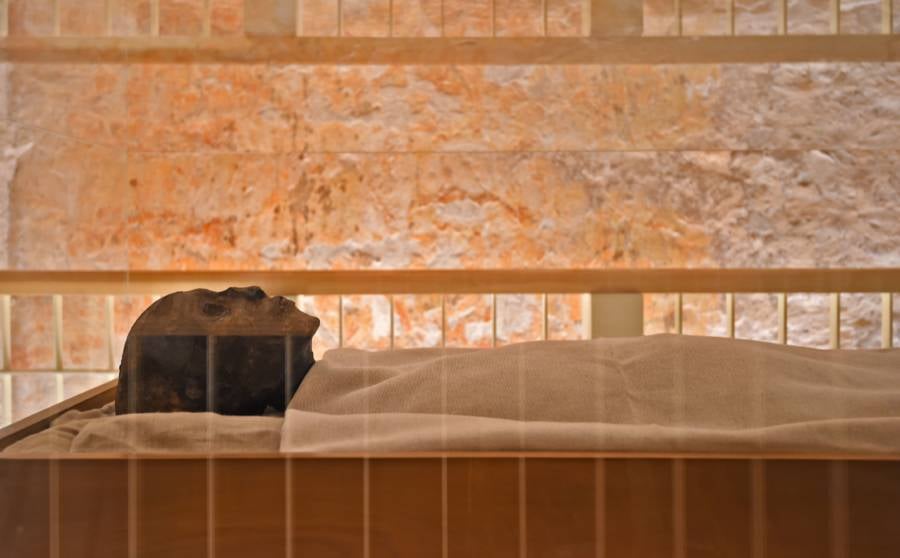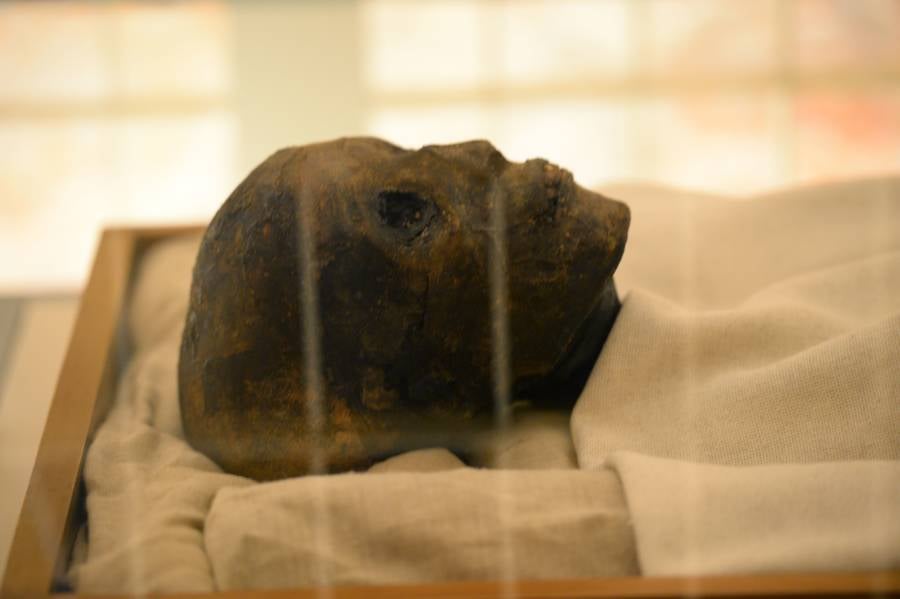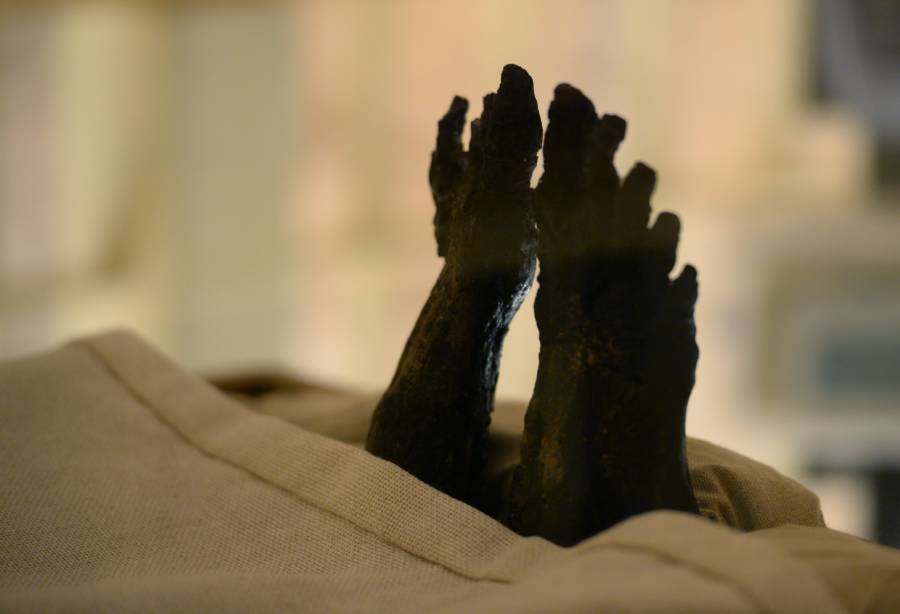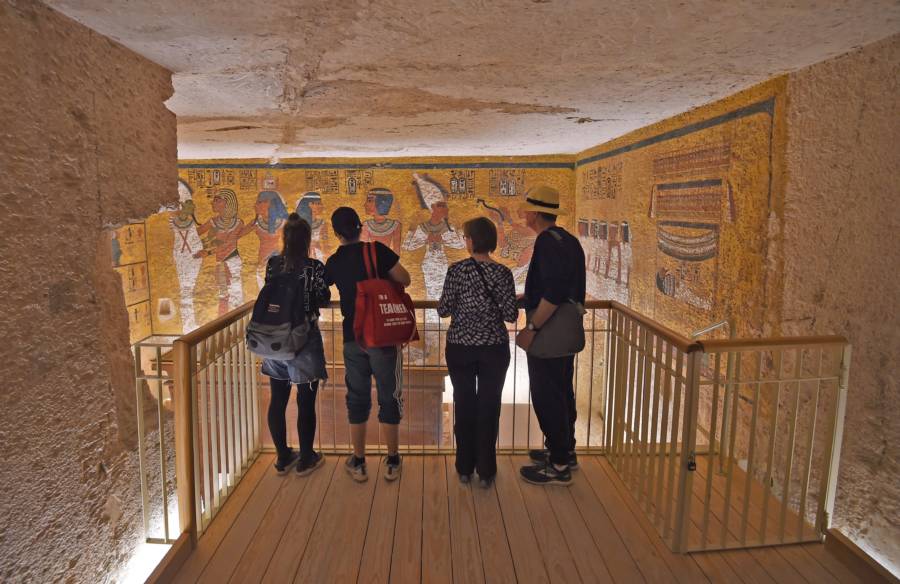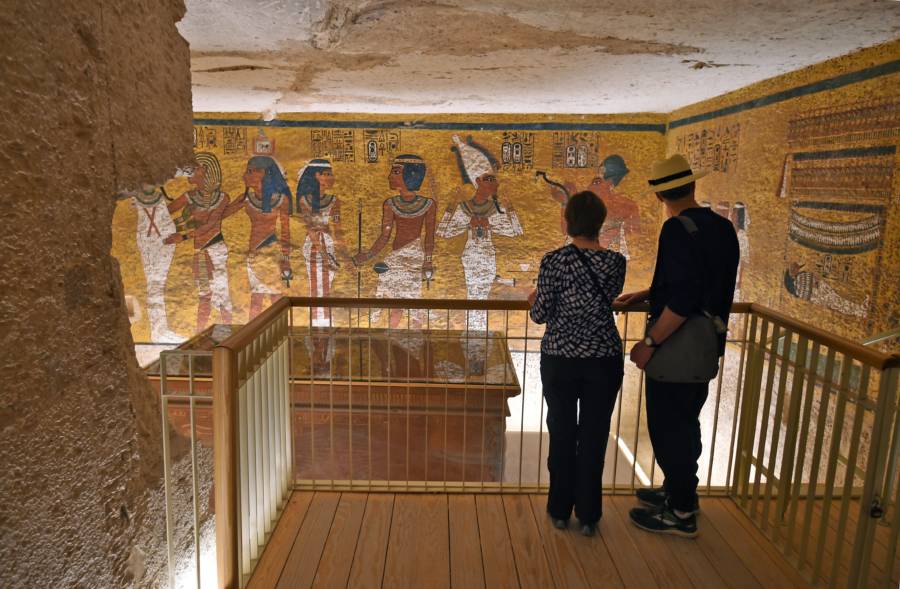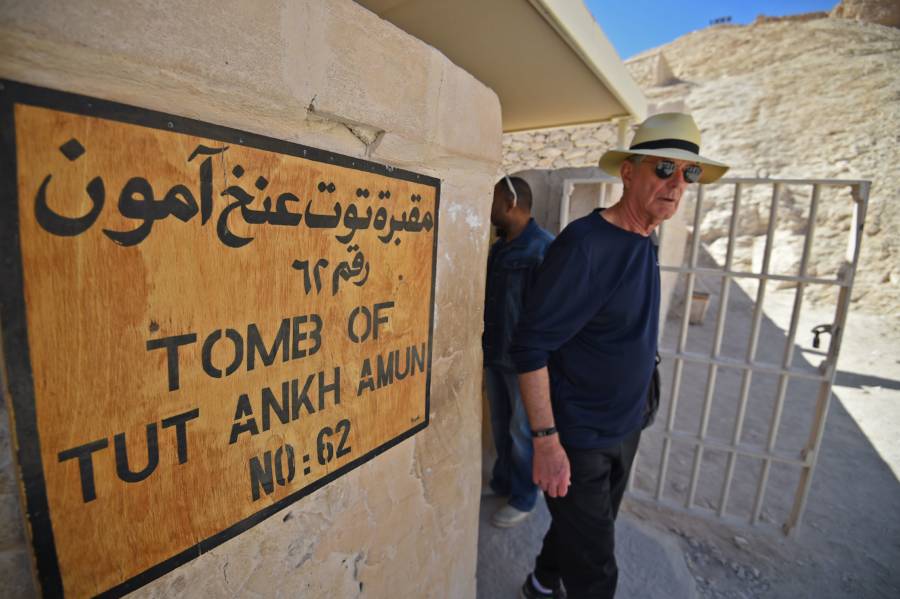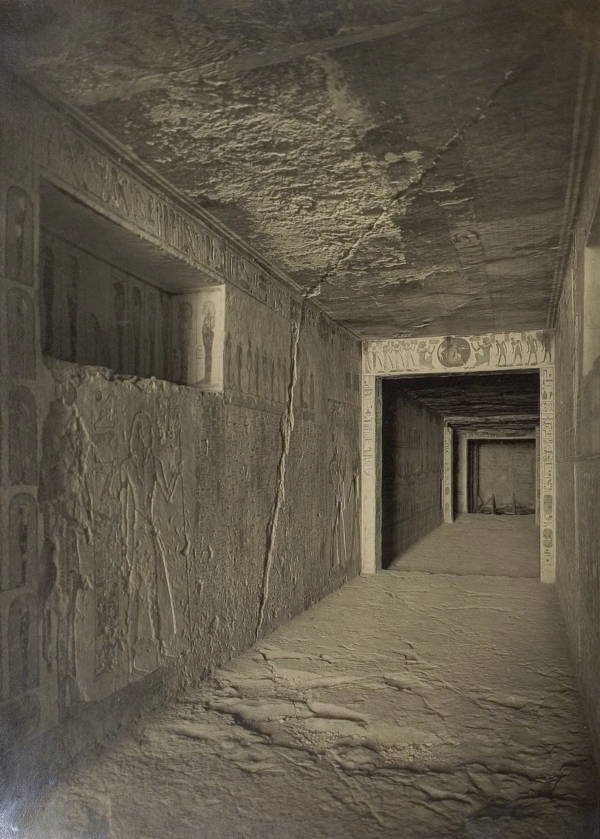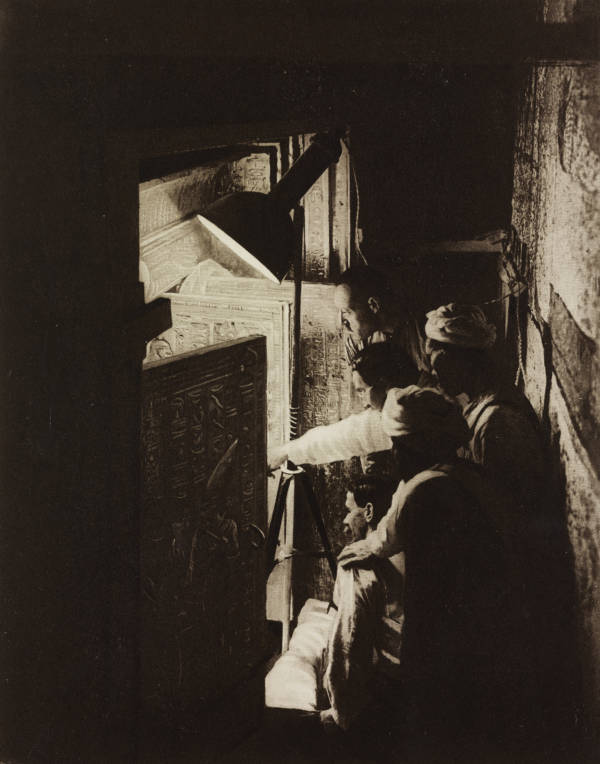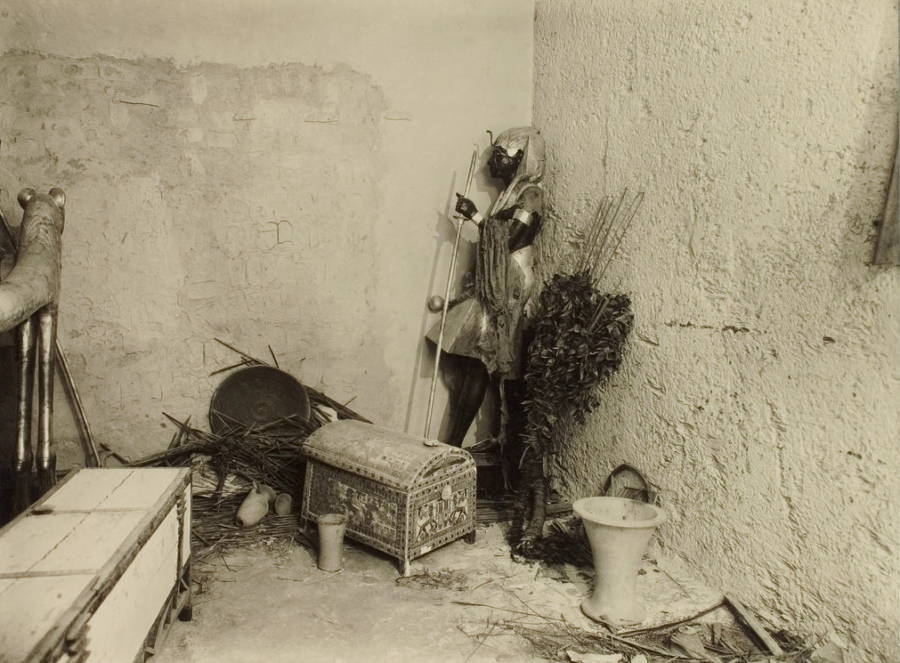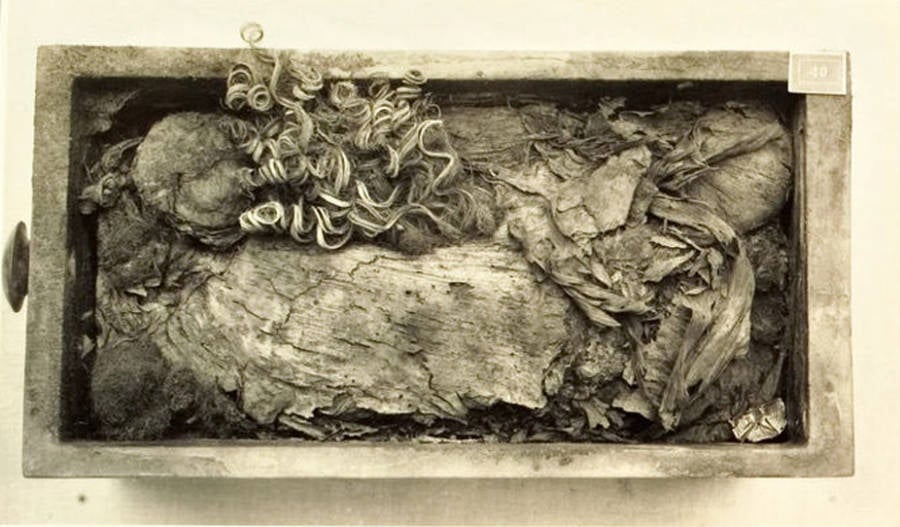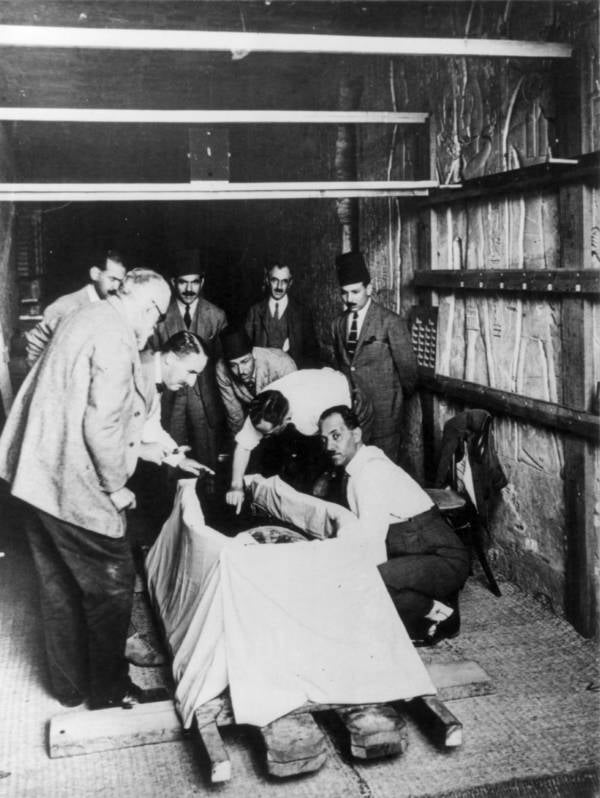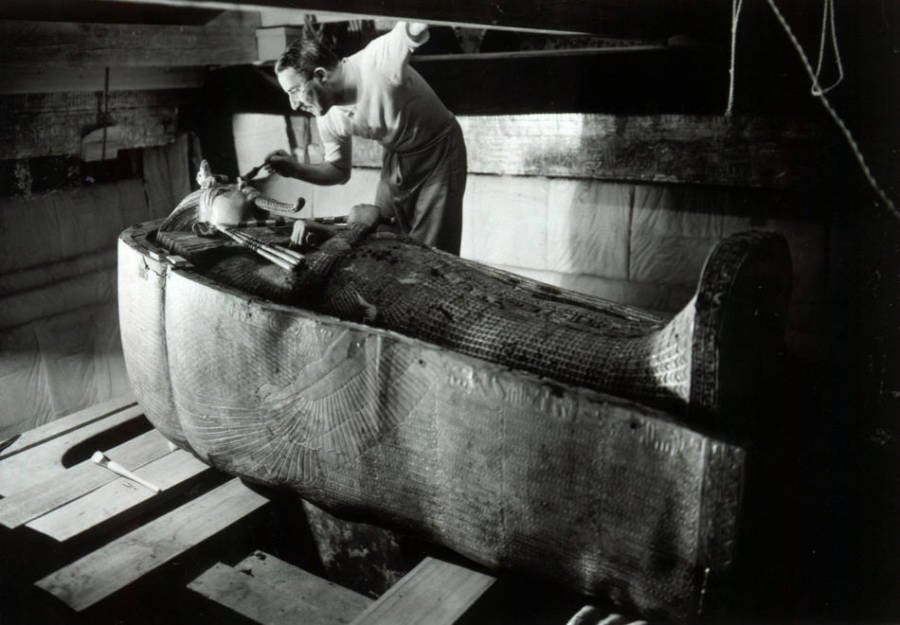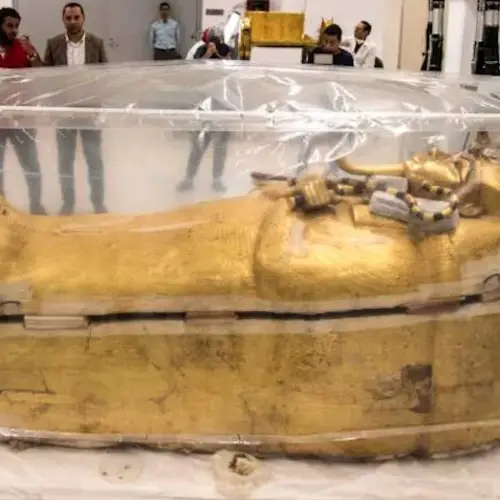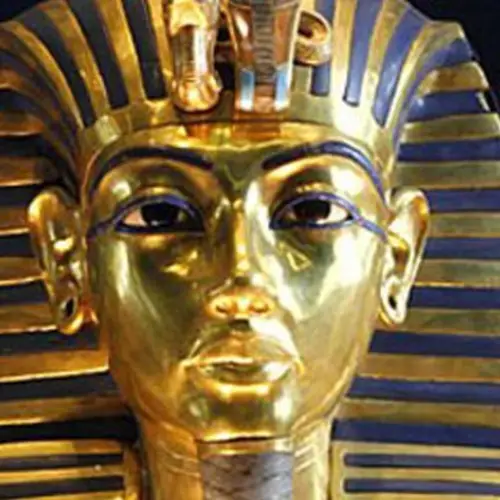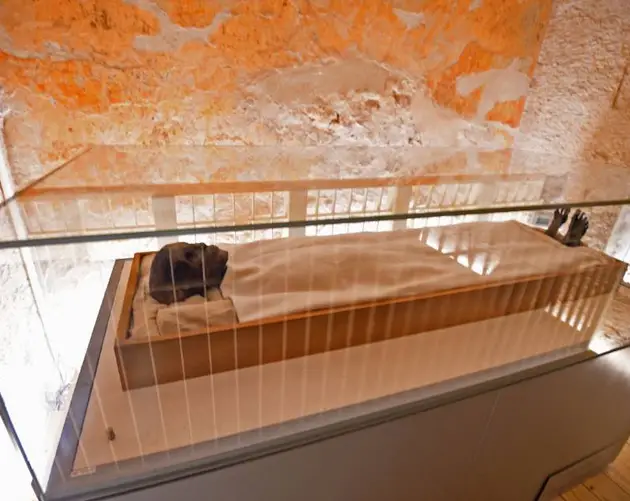First discovered by British archaeologist Howard Carter in 1922, the tomb of King Tut has recently been restored to its ancient glory.
It took nearly a decade — as long as the boy king's reign itself — but conservators recently completed an in-depth restoration of King Tutankhamun's tomb in 2019. And the results are truly stunning.
The lavish tomb of the ancient Egyptian pharaoh has captivated the public with its wealth of treasures ever since British archaeologist Howard Carter stumbled upon it in 1922. But years of tourists drudging through the 3,300-year-old crypt left the World Heritage site with a thick layer of grime.
That's why the Getty Conservation Institute and the Egyptian Ministry of Antiquities took on the lengthy revamp of the burial place, which was decidedly more than a light spring cleaning. See photos from the new restoration — and from the tomb's initial discovery — in the gallery above.
The New Improvements To King Tut's Tomb
For about 10 years, a dedicated and highly trained crew meticulously cleaned and dusted the paintings and surfaces in King Tut's tomb.
They adjusted the microclimate inside the tomb by installing an air filtration system to control humidity, carbon dioxide, and dust, according to Business Insider. They improved the lighting, installed a new viewing platform, and included better signage to make the tomb more accessible.
One of the main reasons for the restoration, however, was to address the appearance of ominous brown spots on the paintings inside King Tut's tomb. Conservators wondered whether increased levels of humidity and carbon dioxide from visitors' breath had stimulated unwanted microbial growth.
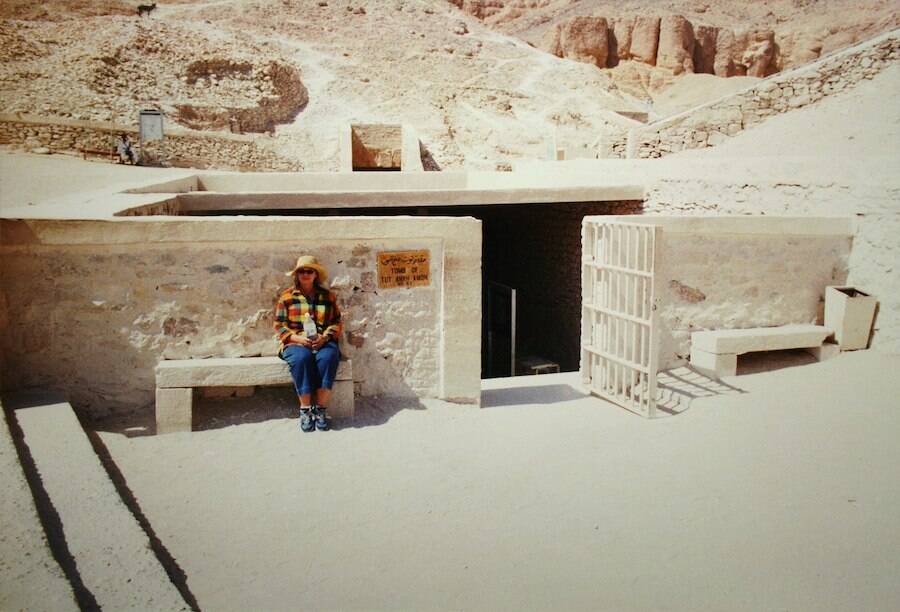
Wikimedia CommonsKing Tut's tomb is one of the most popular tourist destinations in Egypt.
Luckily, mankind's presence inside King Tut's tomb was not the cause of the brown spots. In fact, they had long since been there. An analysis of the paintings concluded that the discoloration was already present at the time of the crypt's original discovery. Furthermore, the spots proved to be an expired fungus that no longer poses a threat to the paint today.
The existing damage, unfortunately, is irreversible.
Aside from that disappointing news, the intense restoration, which in part took place even as the tomb was open to the public, was a resounding success. Visitors to the crypt can now see Pharaoh Tutankhamun's golden sarcophagus more safely, with greater ease, and in all its shining glory.
Interestingly enough, the restoration of King Tut's tomb cost so much money that the Getty Conservation Institute declined to reveal the astronomical figure. So, what was so important about this young pharaoh that an institution was willing to shell out that kind of cash to keep it together?
Howard Carter's Initial Discovery Of The Crypt
Wealthy Europeans began to poke around ancient Egyptian burial grounds in the early 1900s in search of treasure. One such aristocrat was the 5th Earl Lord Carnarvon, who lived in England's Highclere Castle (of Downton Abbey fame). Carnarvon eventually hired a personal archaeologist, the now-famous Howard Carter, to oversee the excavations he personally financed.
Carter made some small discoveries at first, including a few previously unknown royal tombs. However, ancient thieves had already made off with most of the loot. After about 15 years, Carnarvon began to run out of patience and wanted to pull the plug on the excavation project. However, Carter felt confident that they were on the brink of something big.
Sure enough, Carter and his team stumbled across a previously neglected piece of land in the Valley of the Kings. Within a month, they'd uncovered what over 3,000 years of rubble had concealed — the stairway down to a mysterious crypt. That ancient burial place was King Tut's tomb.

Harry Burton/Wikimedia CommonsHoward Carter (left) is one of the best-known archaeologists thanks to his discovery of King Tut's tomb.
Carter reached the entrance to KV62, the Egyptian designation of the young pharaoh's tomb, on November 4, 1922, and made a breach in the door just large enough to hold a candle up and peer at the "wonderful things" inside.
Headlines touted the discovery of King Tut's tomb far and wide, but the exploration of the ancient crypt had only just begun. Carter spent the next 10 years cataloging more than 5,000 individual trinkets that the young king's subjects placed in the tomb to accompany him into the afterlife.
Sadly, Lord Carnarvon did not live to enjoy much of the hubbub. Just five months after the landmark discovery, he died a strange death from an infected mosquito bite. Sir Arthur Conan Doyle suggested that the aristocrat's demise was caused by ancient elementals, occult spells guarding the royal tomb. Hence, the ominous story of the "Mummy's Curse" was born.
In 2016, the Grand Egyptian Museum put almost all the contents of King Tut's tomb on display. These included a shield adorned in cheetah skin, ancient jars of beer and wine, and many of his garments. Also featured were tools, Tut's sandals, and the bodies of his two stillborn daughters.
Who Was King Tut?
Tutankhamun Nebkheperure was only about 8 years old when he took the Egyptian throne, according to National Geographic. Young Tut was the son of Pharaoh Akhenaten and the stepson of Queen Nefertiti. They were a power couple that instigated somewhat of a religious revolution in Egypt. The pair ushered in the age of worshipping one god — Aten, or the sun.
The couple also caused quite a stir when they closed all of the old temples and moved Egypt's capital away from the Nile. Akhenaten then forced his subjects to build a new capital city from scratch, a move that didn't gain him much popularity during his reign. However, it was Akhenaten's failures that eventually gave rise to Tutankhamun's successes in the future.
Luckily for King Tut, he had numerous political advisers. Upon his inheritance of the throne, his conglomerate ushered him to return the capital back to its original location — Thebes. Gone was the worship of Aten. Subjects could now resume worshipping Atum — the creator god. King Tut became somewhat of a symbol of restoration, righting the wrongs of his father.
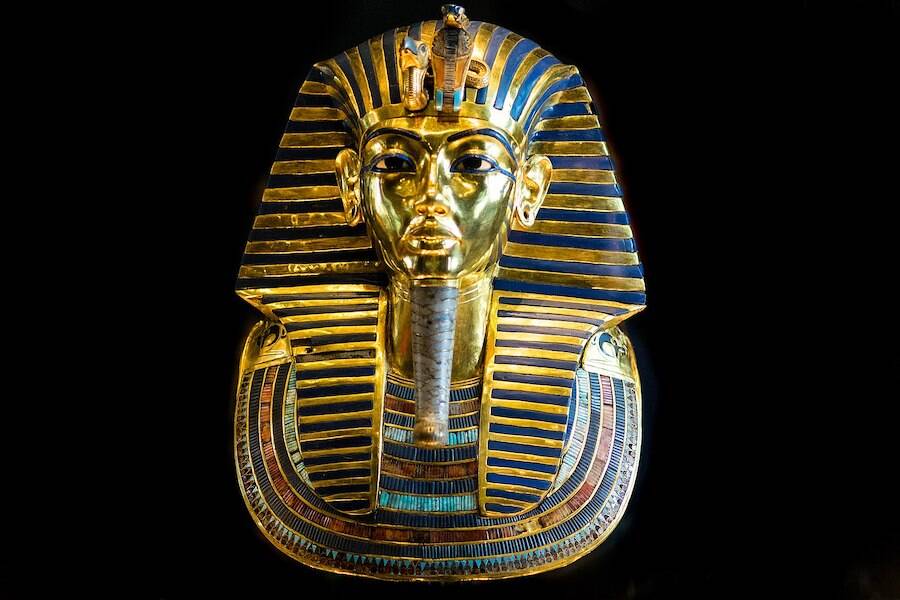
Mark Fischer/Wikimedia CommonsThe burial mask of King Tut, one of the most famous artifacts found in his tomb.
Unlucky for the boy king, however, were his sour genes. Recent DNA evidence has shown how years of incestuous breeding in the king's family made for a frail child. It's now believed that King Tut's early death was brought about by a myriad of disabilities, including a bone disorder.
Despite his frailty, Tut went on to marry his half-sister, Ankhesenamun, in an arranged marriage. They had two daughters, who were both stillborn.
Then, unexpectedly in his late teens around 1324 B.C.E., Tutankhamun died. The exact cause is still a mystery, though scientists have largely ruled out any foul play. After all, King Tut was known to be sickly. He also had a clubbed left foot and suffered multiple bouts of malaria. That he may have contracted gangrene as the result of an infection is also a forerunning theory.
At any rate, the Egyptians mummified Tut and prepared a lavish tomb in which to place his body. Because King Tut's death was so unexpected, some modern experts believe that Tut's subjects put him in the first tomb available — one that was likely prepared for someone else.
Why Are We So Enthralled By King Tut And His Tomb?
It's evident that the boy king's pop-culture cred and popularity came soon after Carter found King Tut's tomb. The headlines happened to coincide with the onset of mass media, and Tut-mania set in quickly. Everything from fashion to furniture to films was styled with an Egyptian flair.
And because King Tut had died so young, the archaeological find struck a chord with people who were dealing with the loss of young World War I soldiers. They saw Tut's belongings carried out from the tomb tenderly on stretcher-like trays into the daylight. It probably brought to mind the injured men who had recently been pulled from the trenches. Also, the discovery of King Tut's tomb came at a time when the world longed for escapism.
The pharaoh also fit the mold of a global celebrity. According to The Telegraph, Christopher Frayling wrote in his book The Face of Tutankhamun:
"Tut was young, he was hip, and he evidently liked to surround himself with the latest luxury items: his funerary arrangements were like being buried with a favourite Type 35 2-litre Bugatti racer."
Given these circumstances, it's no surprise that institutes are still willing to do whatever it takes in order to preserve this pharaoh's legacy. With the recent restoration of King Tut's tomb, visitors can continue to revel in the opulence of the famous pharaoh's golden sarcophagus.
Indeed, it is as though King Tut died only to reemerge from between the dusty covers of our history books in full color.
After this look inside the tomb of King Tut, find out more about King Tut's wife, Ankhesenamun. Then, learn about the history behind King Tut's mask.
